32 underrated wines to try if you like to explore different tastes
Looking to expand your repertoire? Then try these great wines, including some underrated blends and options from overlooked regions
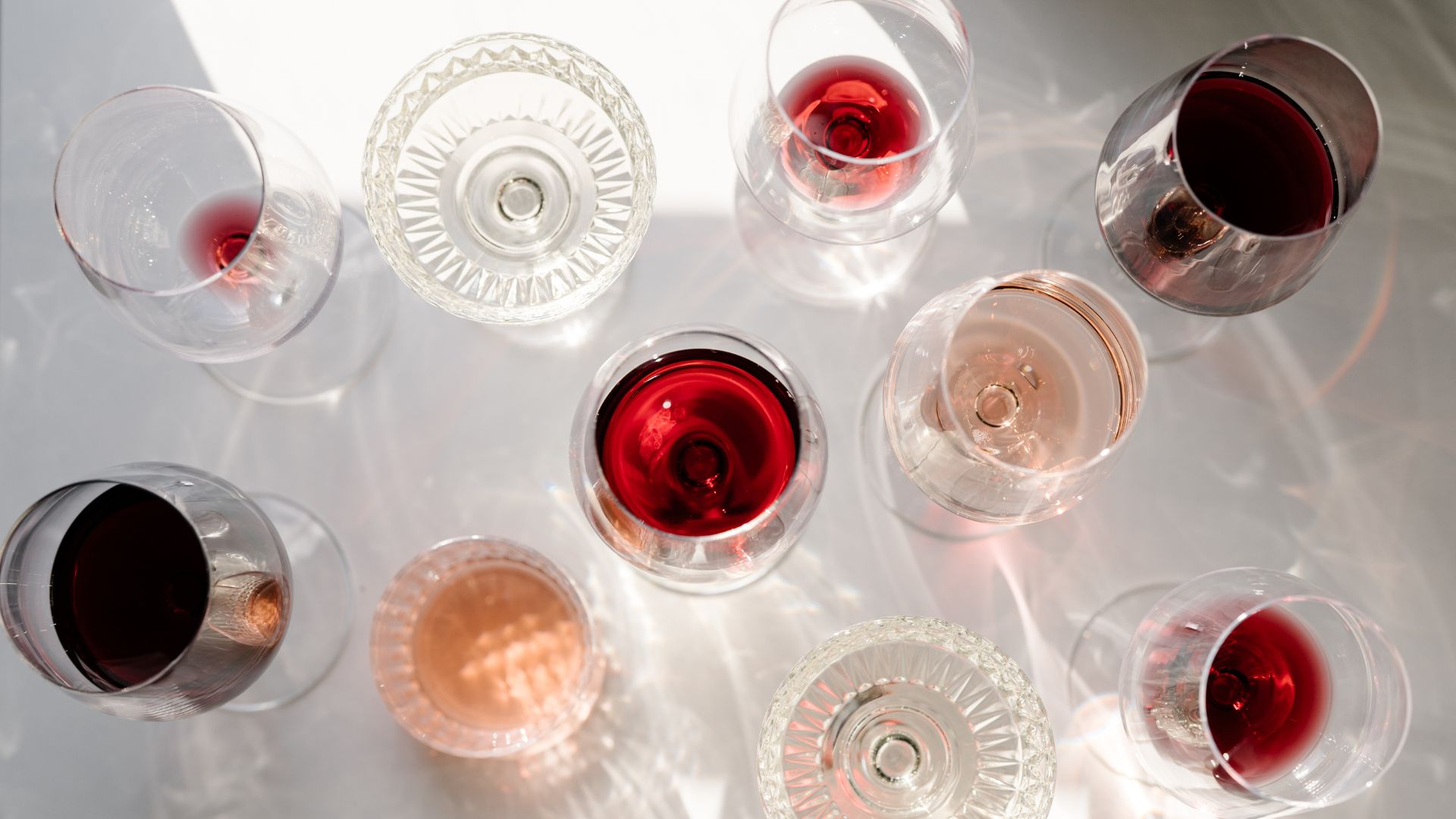

Most wine drinkers will have their favourite grapes, blends or appellations that they tend to stick to - but these wines will introduce you to a new world of flavours.
From the lesser-known Pinot Blanc that offers a complex departure from the usual Grigio, to the underrated Tavel rosé whose looks are delightfully deceiving, and the range of reds that provide a similar profile to the popular Châteauneuf-du-Pape, there are so many wines out there that will help you explore something a little different.
Whether you’re just a bit bored with what you usually drink, want to learn more about different wines to make sure you can always pick something out on a menu or are looking for lesser-known options to impress friends with your wine knowledge, these underrated wines will help you explore different flavours and widen your repertoire of go-to drinks.
32 underrated wines to try if you like to explore different tastes
Carménère
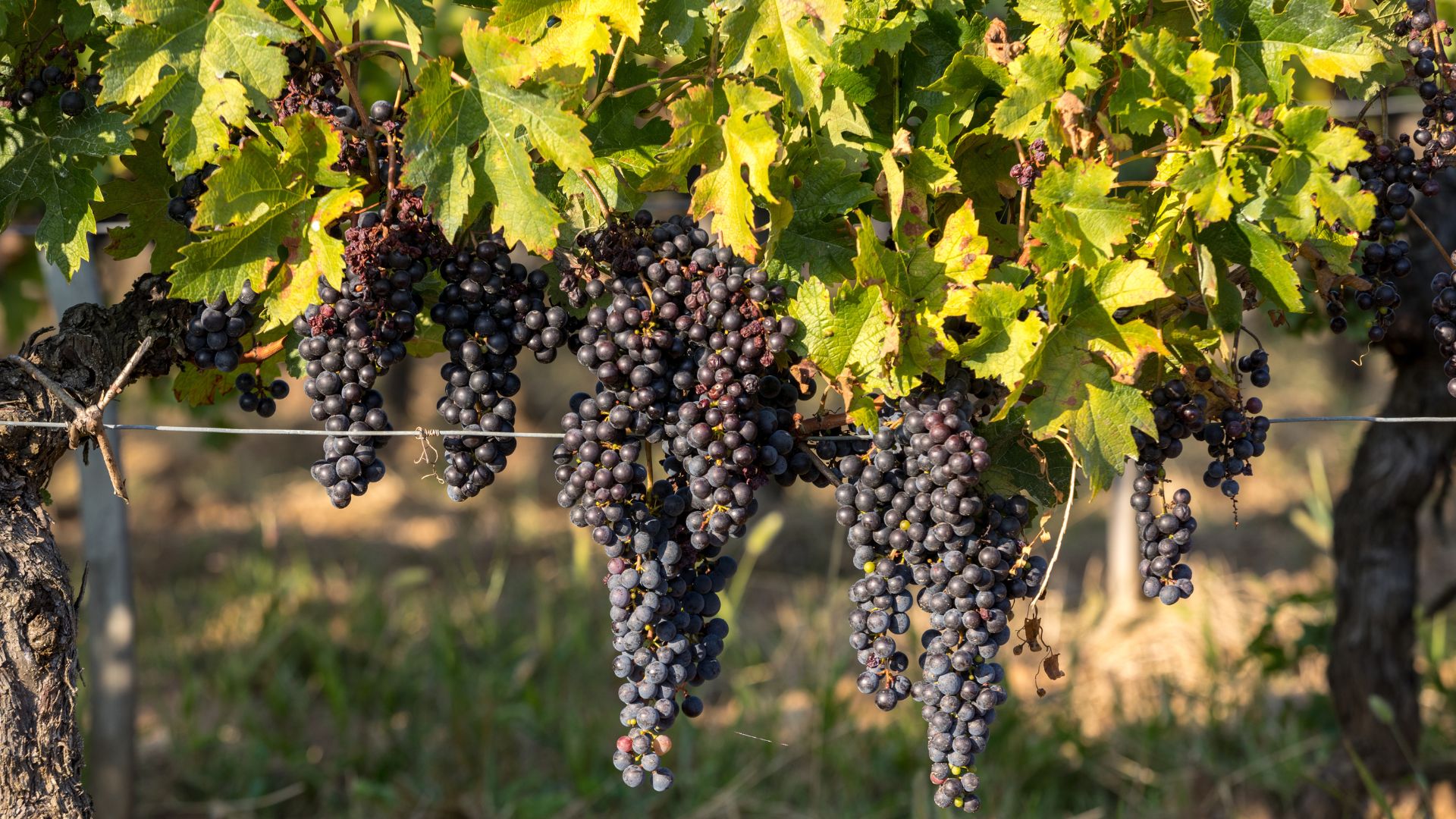
A fruity, dry red that usually has strawberry and cherry notes and leans towards being slightly spicy, this is one to try if you’re a fan of the better-known Zinfandel and even has a similar profile to the Italian Primitivo and the more common Grenache grape.
Naked Wine | Get £30 off your first order*
Taking out a subscription service is well worthwhile if you're keen to sample new wines but aren't sure where to start. Not only will you try a range of expertly curated bottles but you can also make some brilliant savings.
Counoise

If you’re usually a fan of Zinfandel, Counoise can make an interesting alternative to the commonly used grape. Primarily in the Rhône valley region of France and in some American regions, it makes for a spicy, peppery, berry-filled red wine.
Priorat
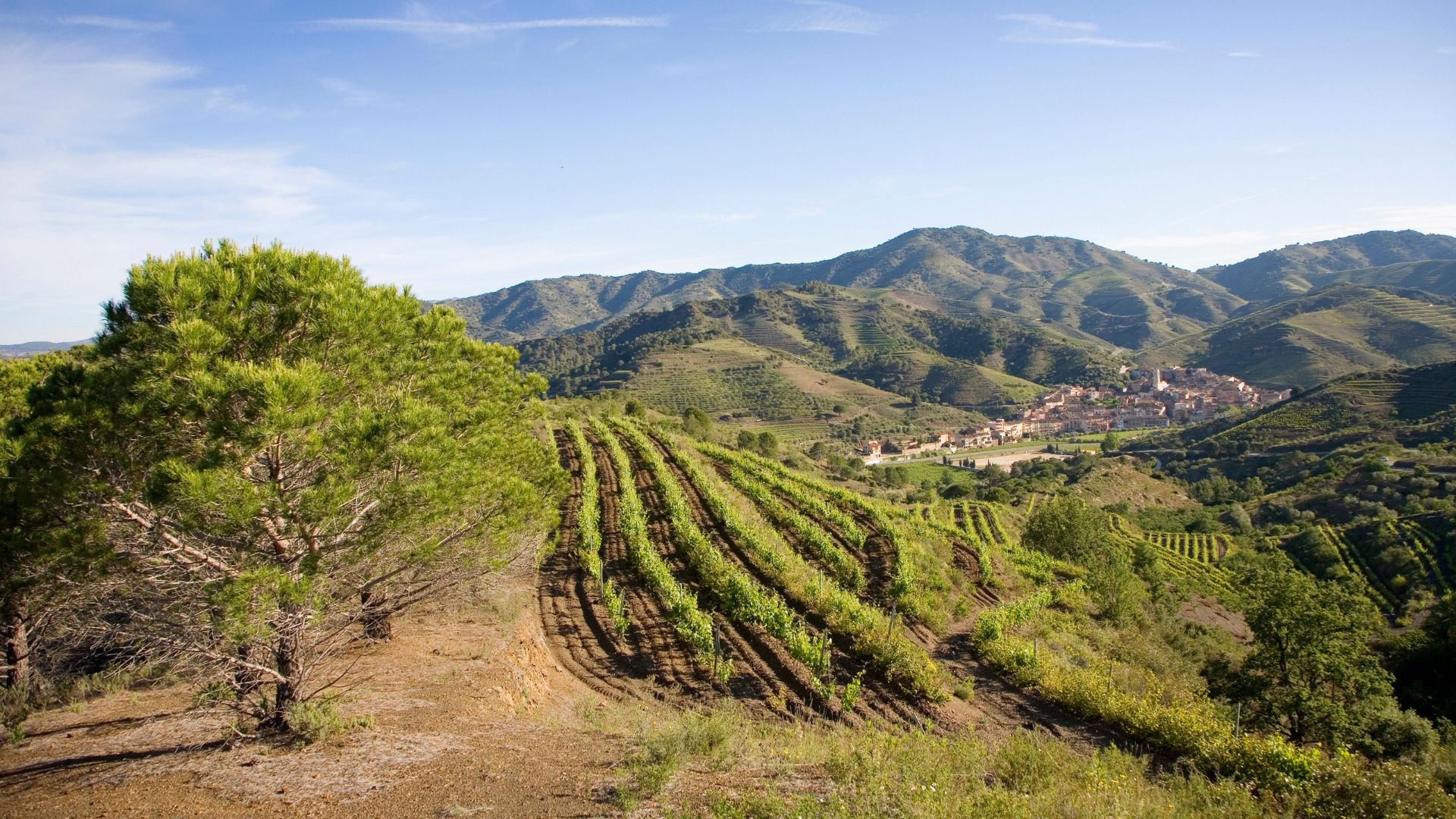
A rich - and not usually very cheap - blend that is made in Spain, Priorat is usually made from Grenache and Carignan - though some blends also use Merlot and Cabernet Sauvignon grapes for a more complex flavour. A high-alcohol, high-tannin dry red blend that is great for Cab Sav and Tempranillo lovers.
Valpolicella
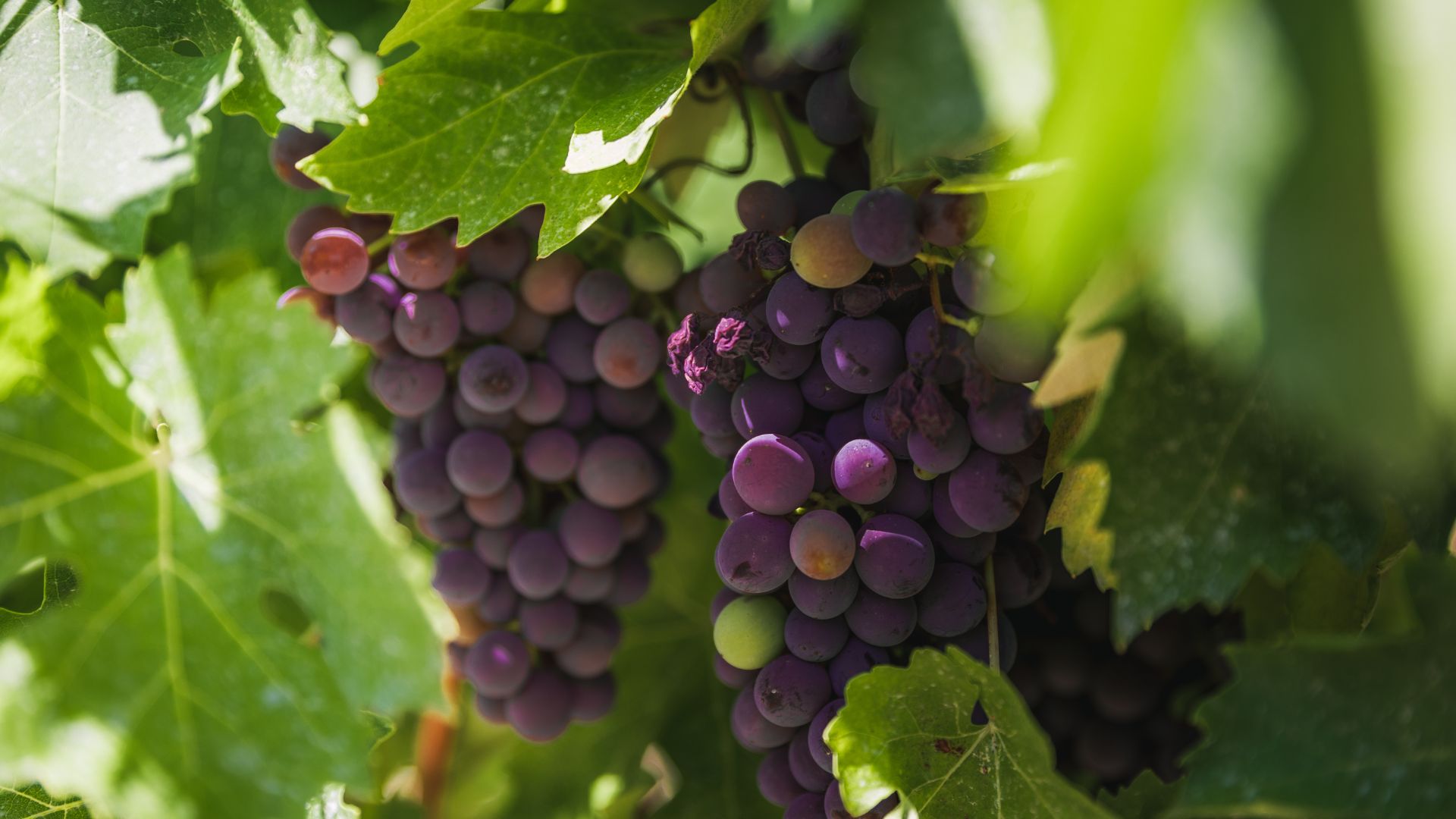
Valpolicella is a soft, fruity red that is produced in Italy’s Veneto region - an area known for its light to medium-bodied wines. A good choice for fans of Merlot, Amarone and the infamous Châteauneuf-du-Pape, it usually offers cherry and raspberry notes with flavours of cinnamon, chocolate and pepper.
Sign up for the woman&home newsletter
Sign up to our free daily email for the latest royal and entertainment news, interesting opinion, expert advice on styling and beauty trends, and no-nonsense guides to the health and wellness questions you want answered.
Amarone
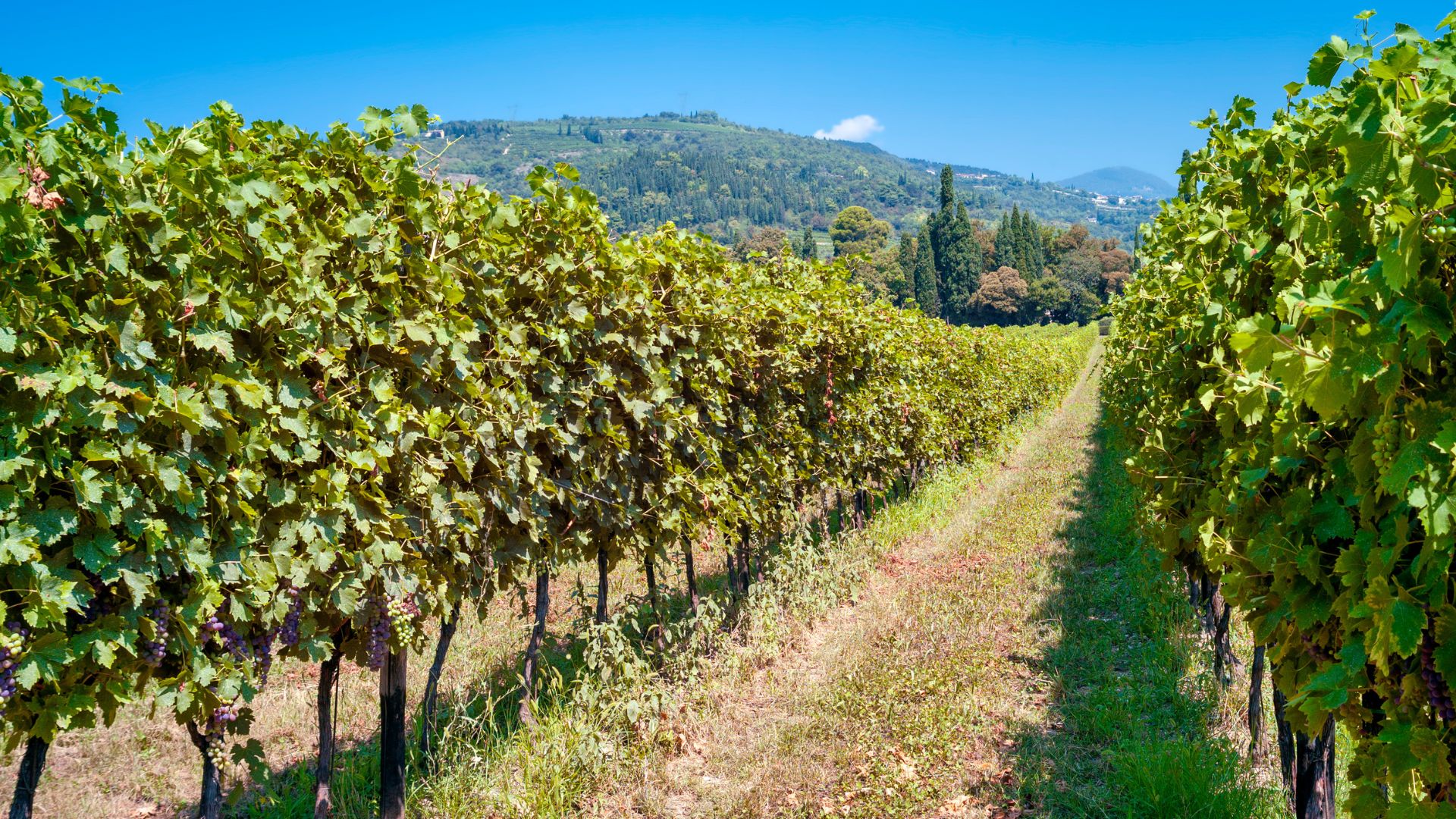
A rich dry red wine from the Veneto region in Italy, Amarone has medium to high acidity and is similar to a Merlot. It boasts flavours of black cherry, brown sugar, and chocolate, but when more aged will also give hints of brown sugar, molasses, and fig.
Monastrell
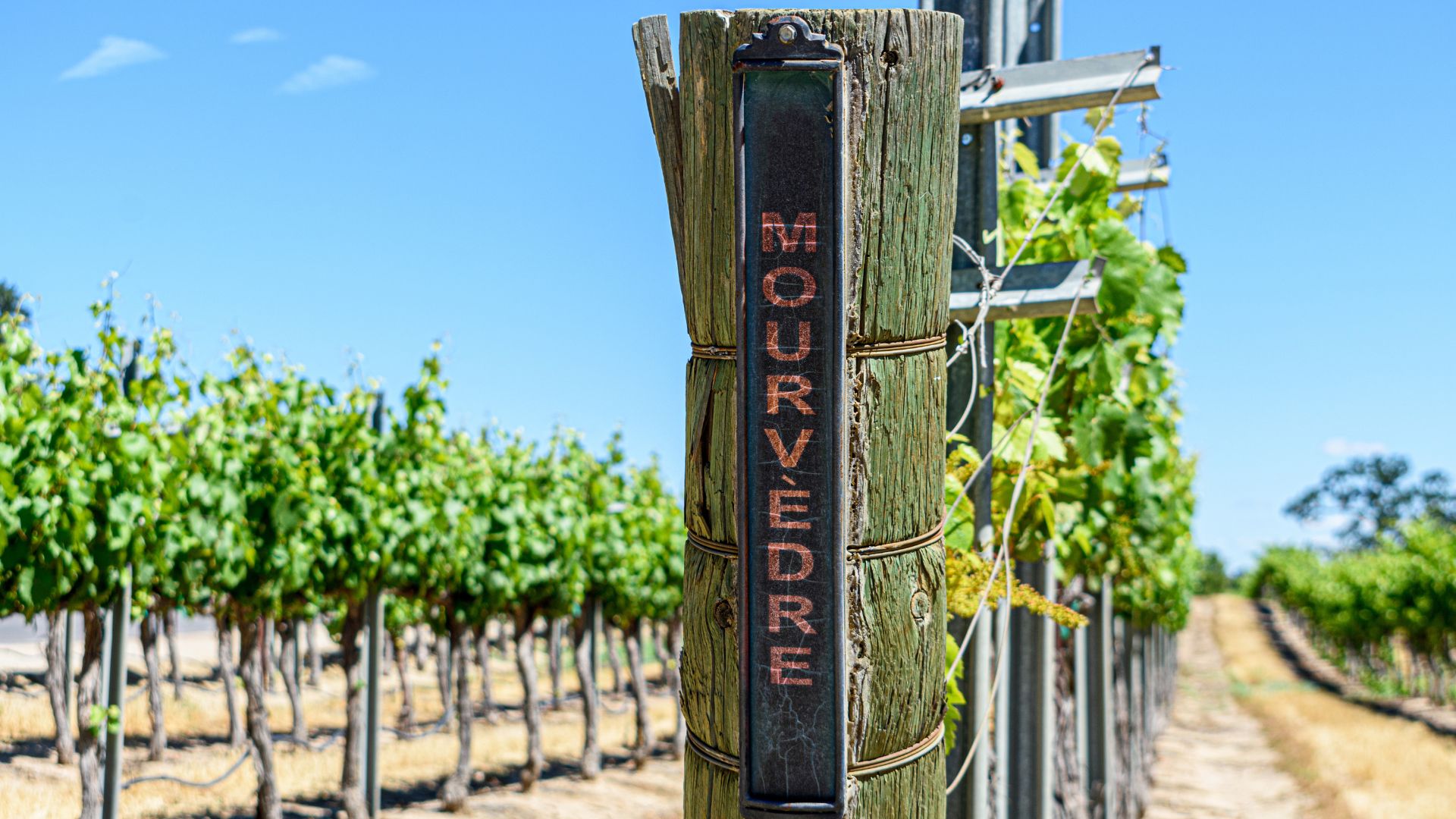
Monastrell - or Mourvèdre, as it is known in France - is a great spicy alternative to a Shiraz or a Pinotage. Usually boasting flavours of dark berries and cocoa, this Spanish-born wine has a deep bold smoky profile that has hints of black pepper and tobacco.
Mencia

Mencía is a medium-bodied red wine grape that grows in Spain and Portugal and offers a soft, dark berry profile. A good alternative to a Pinot Noir, Malbec or Nero d’Avola, it ages well and has medium-high body, tannin, acidity and alcohol.
Nero Buono
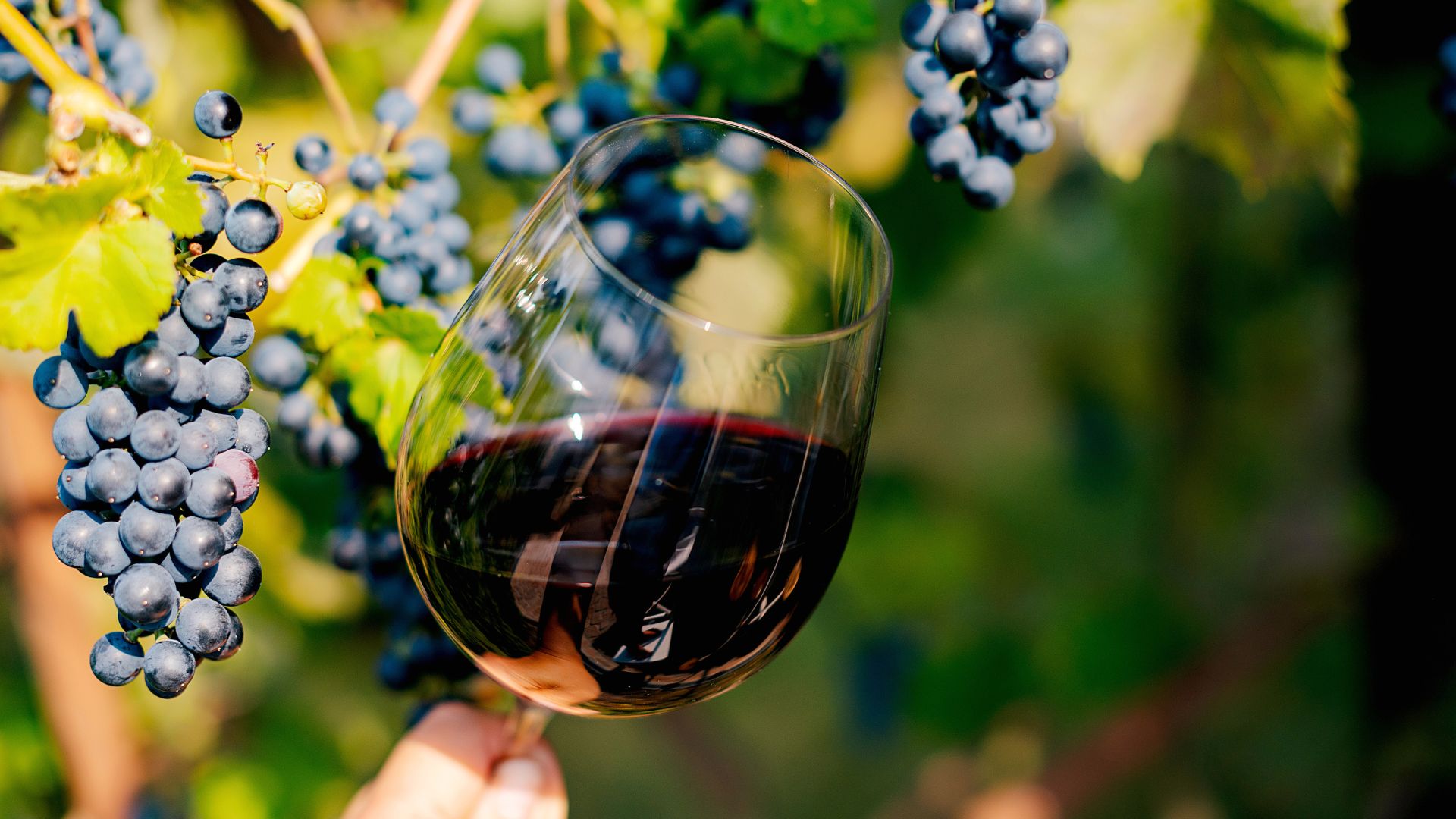
Nero Buono is a dark-skinned red wine grape that is grown in Lazio in central Italy. With a similar production method to Montepulciano, this medium-bodied wine offers a similar flavour to a Shiraz in its soft, dark-berry profile.
Vacqueyras
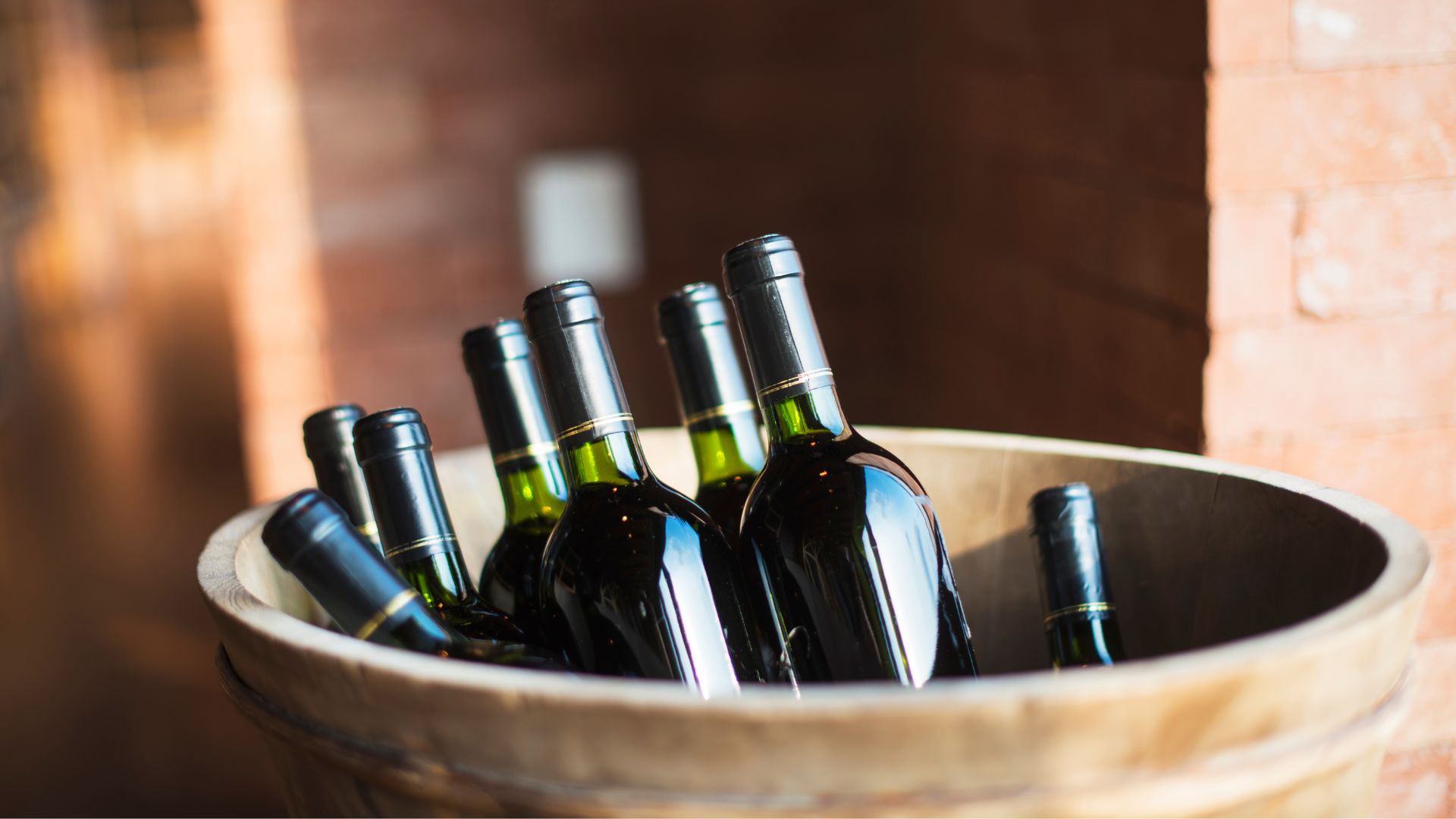
Vacqueyras sits in France's southern Rhône Valley wine region, where the popular Châteauneuf-du-Pape is also produced. These soft, dry reds offer herbal flavour profiles which come with notes of clay and cured meats and tend to be pretty bold and punchy.
Gigondas
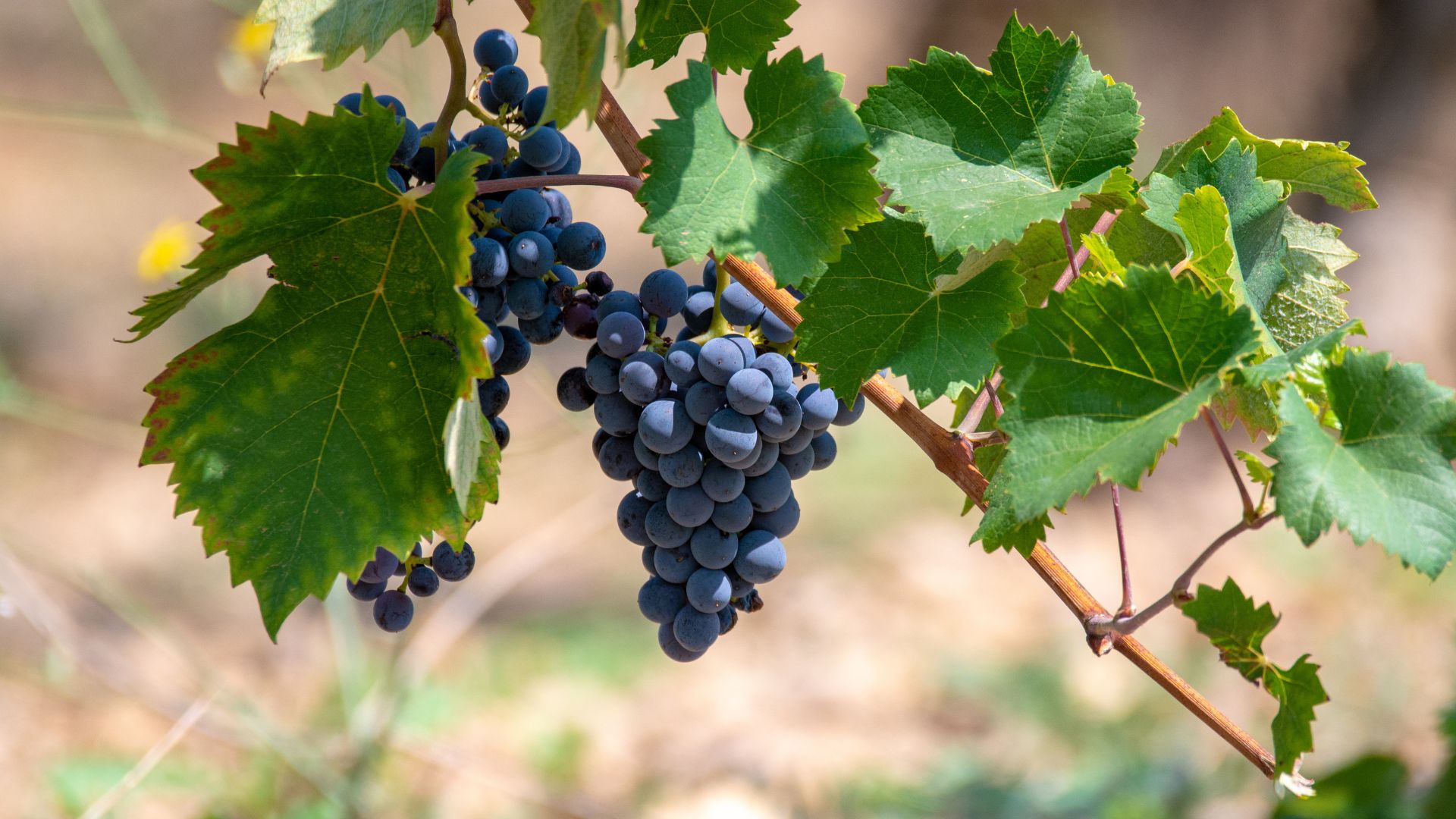
While the appellation does also produce white and rosé wines, the main blend to come out of Gigondas is a bold and full-bodied red. A soft and herbal dry red, this wine boasts hints of clay and cured meats, while offering a stellar alternative to a Côtes du Rhône or Châteauneuf-du-Pape.
Barbaresco

Calling all Italian wine lovers - if you’re a fan of a Chianti or a Barolo, then a Barbaresco is definitely for you. This tannic dry red offers a similar flavour profile to the Italian greats, as it tends to see quite herbal notes with hints of clay and cured meats.
Brunello di Montalcino
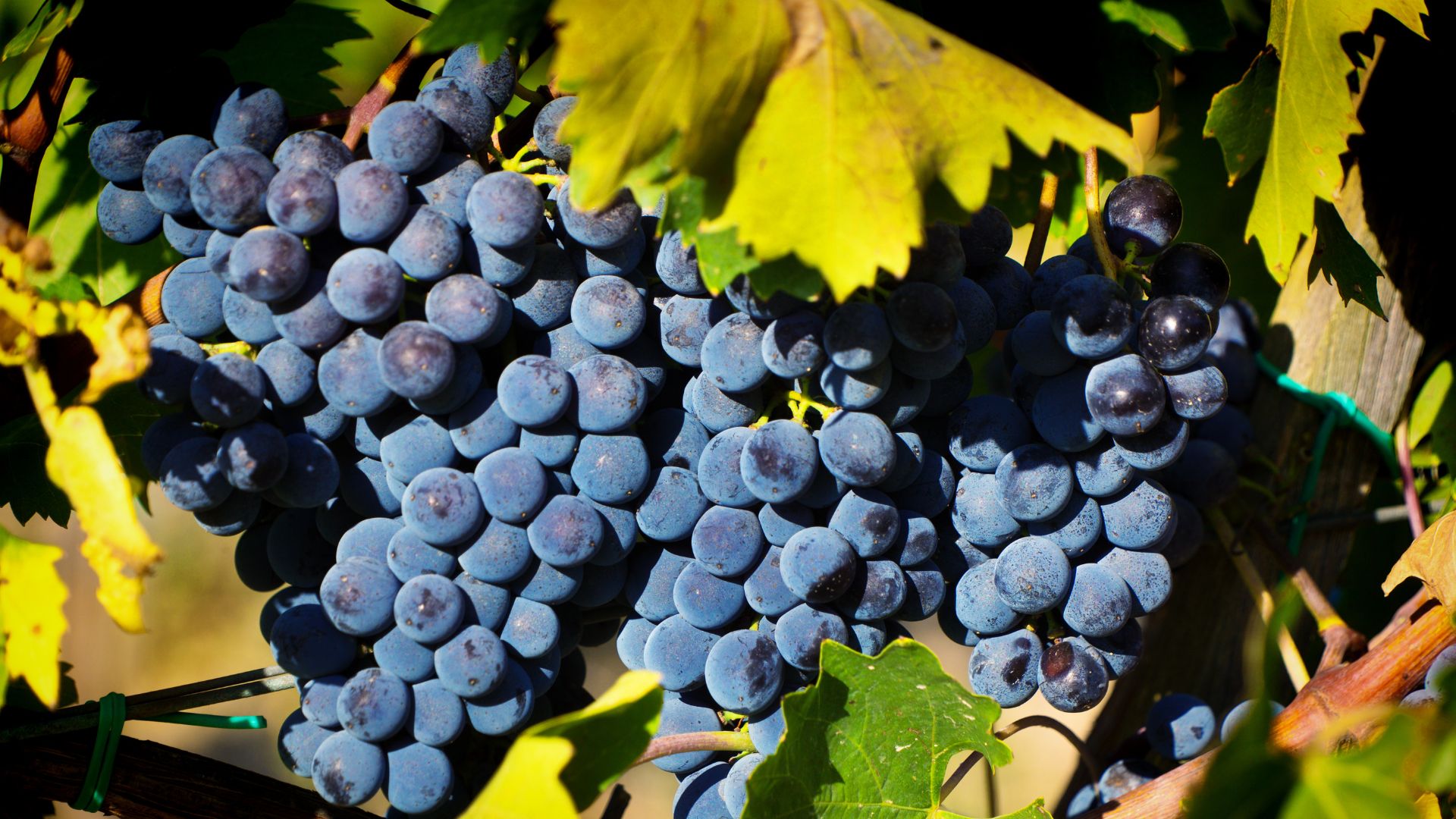
If you usually enjoy a Côtes du Rhône but want to find an Italian alternative, then this could be a pretty strong option. This herbal dry red has a soft but medium- to full-bodied flavour profile, with hints of clay and cured meats on the palate.
Dolcetto

Most of us enjoy a Burgundy - or Bourgougne - red, but for a delicious alternative, consider a Dolcetto. While it may sound like a sweet wine, this underrated Italian number is actually a dry herbal red that offers notes of truffle and forest.
Barbera
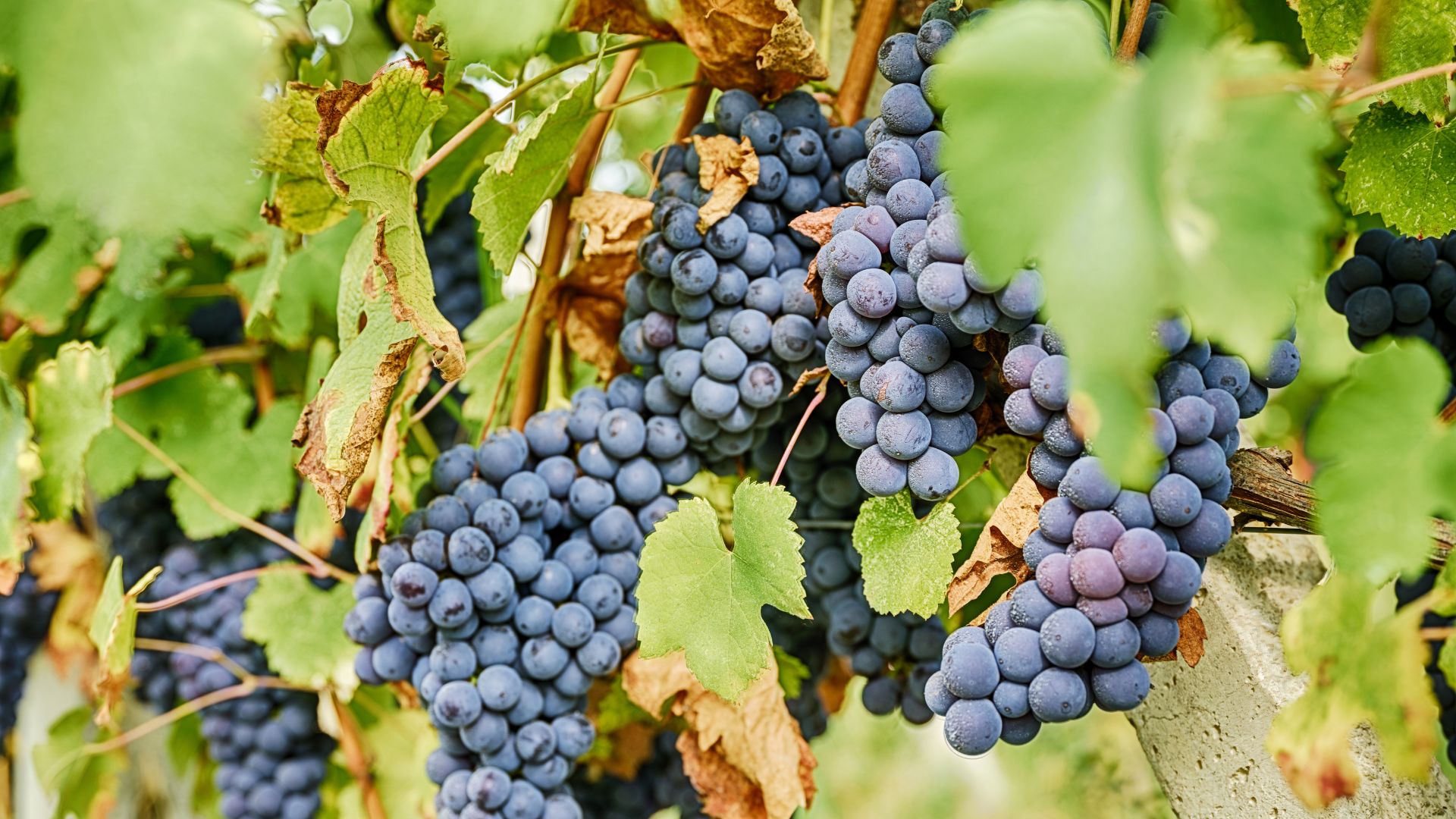
A deliciously-juicy herbal dry red wine, this Italian wine is packed with berry notes of blackberry, black cherry and raspberry, but offers hints of truffle and forest too. Similar to a fruity Beaujolais, it’s a great one for those who enjoy a full-bodied red.
Agiorgitiko
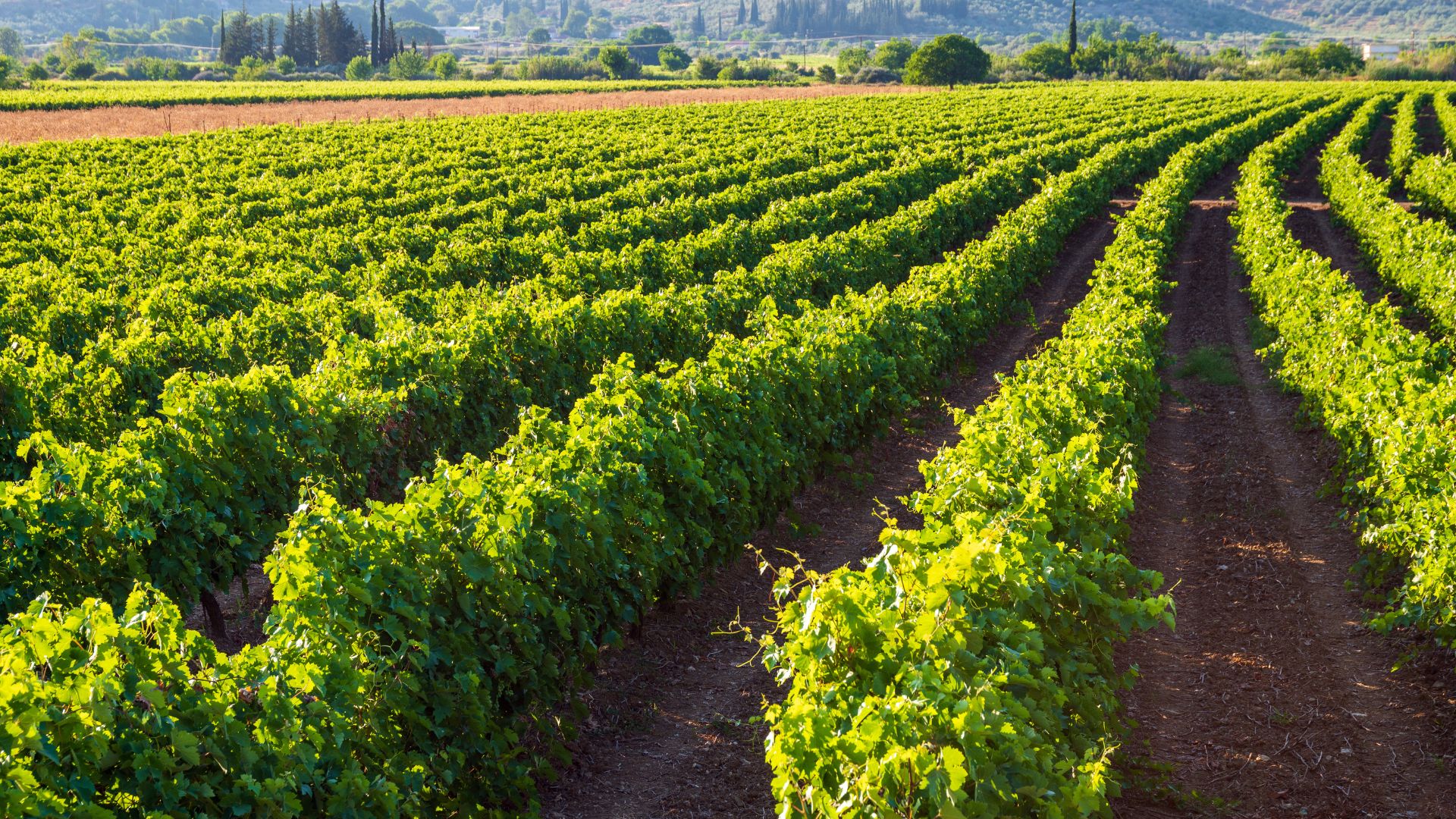
While the Greeks are sometimes overlooked when it comes to wine, they produce some of the continent’s most delicious blends - and the Agiorgitiko is one of them. This herbal dry red comes with a spicy flavour profile and offers gravelly notes of black pepper.
Vin Gris
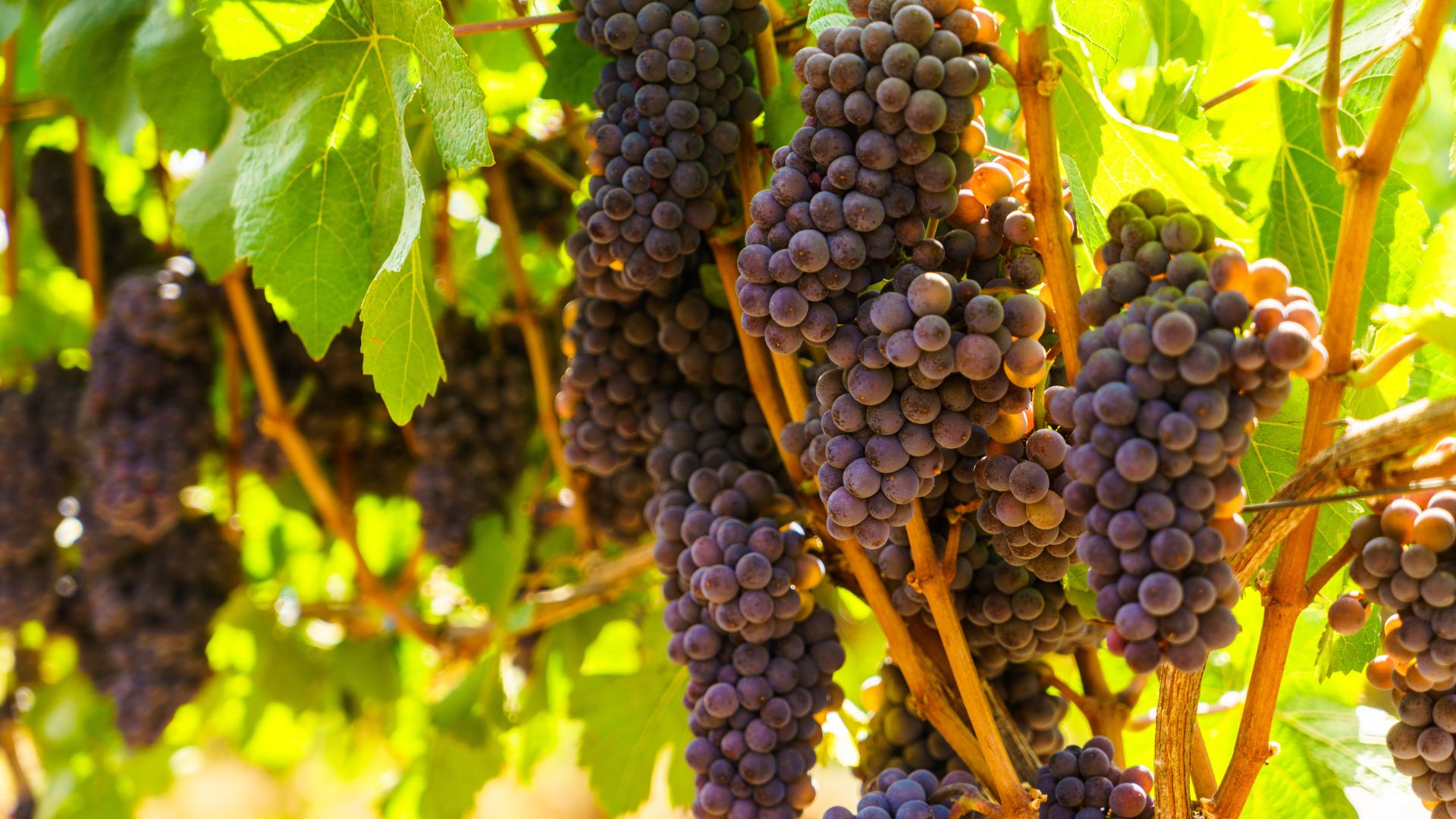
A unique take on rosé wine, Vin Gris moves away from the typical dry flavour of the light drink for an off-dry taste instead. This very light pink wine is made using red grapes but with a very short maceration time - hence the pale colour. It tends to have a light berry flavour that is perfect for easy-drinking.
Tavel

A dry rosé wine, Tavel looks like it would be a lot sweeter than it actually is, as it is quite dark pink in colour. Hailing from France’s Rhône region, it’s usually made up of Grenache, Cinsault, Syrah, and Mourvedre grapes and is quite bold and complex in flavour.
Mâconnais
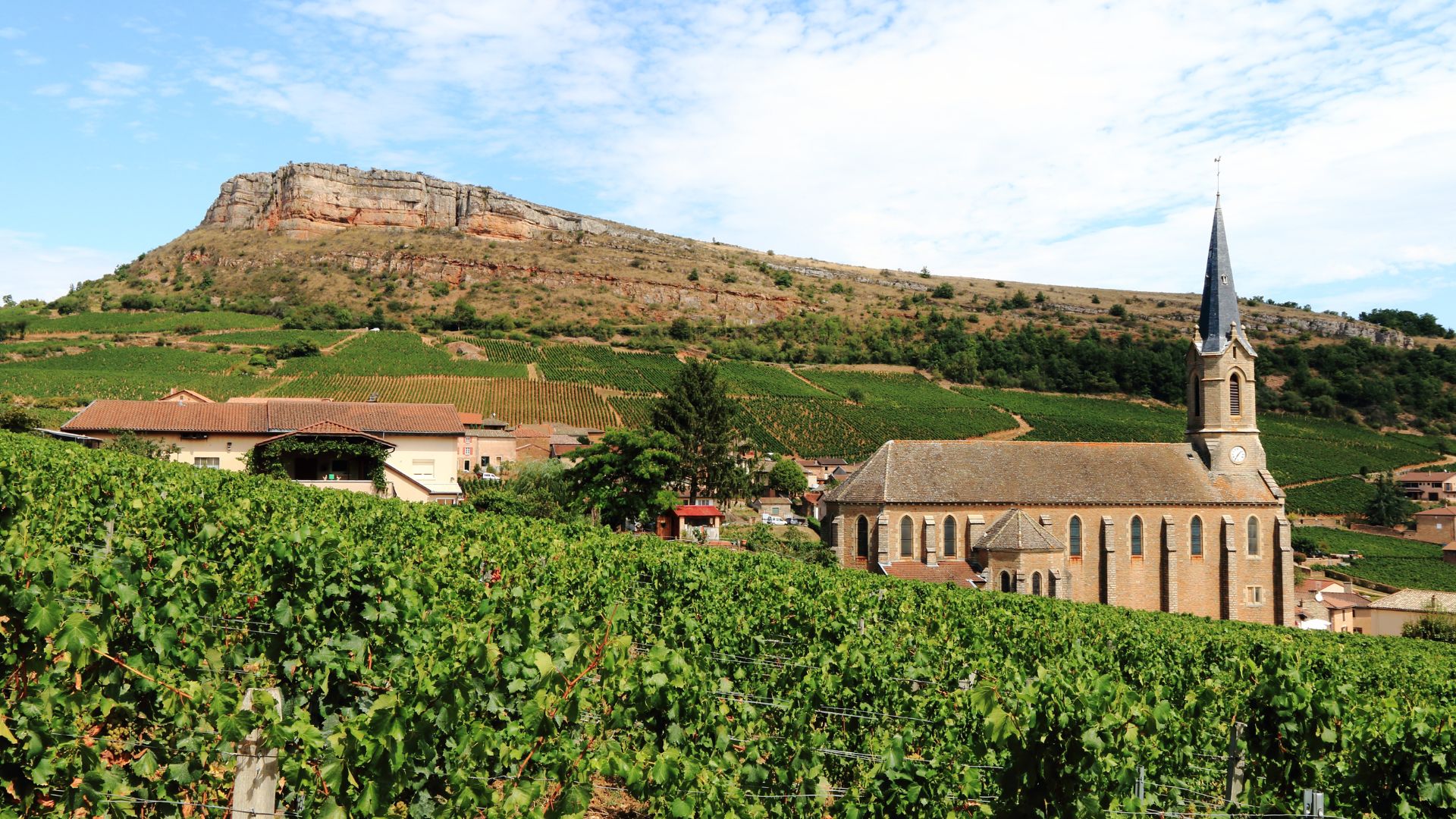
From France’s popular Burgundy region, Mâconnais wines usually hero the Chardonnay grape with a soft and smooth finish. Unoaked and medium- to full-bodied, these blends tend to have floral, citrus and fruity notes similar to a Pouilly-Fuissé.
Pinot Blanc
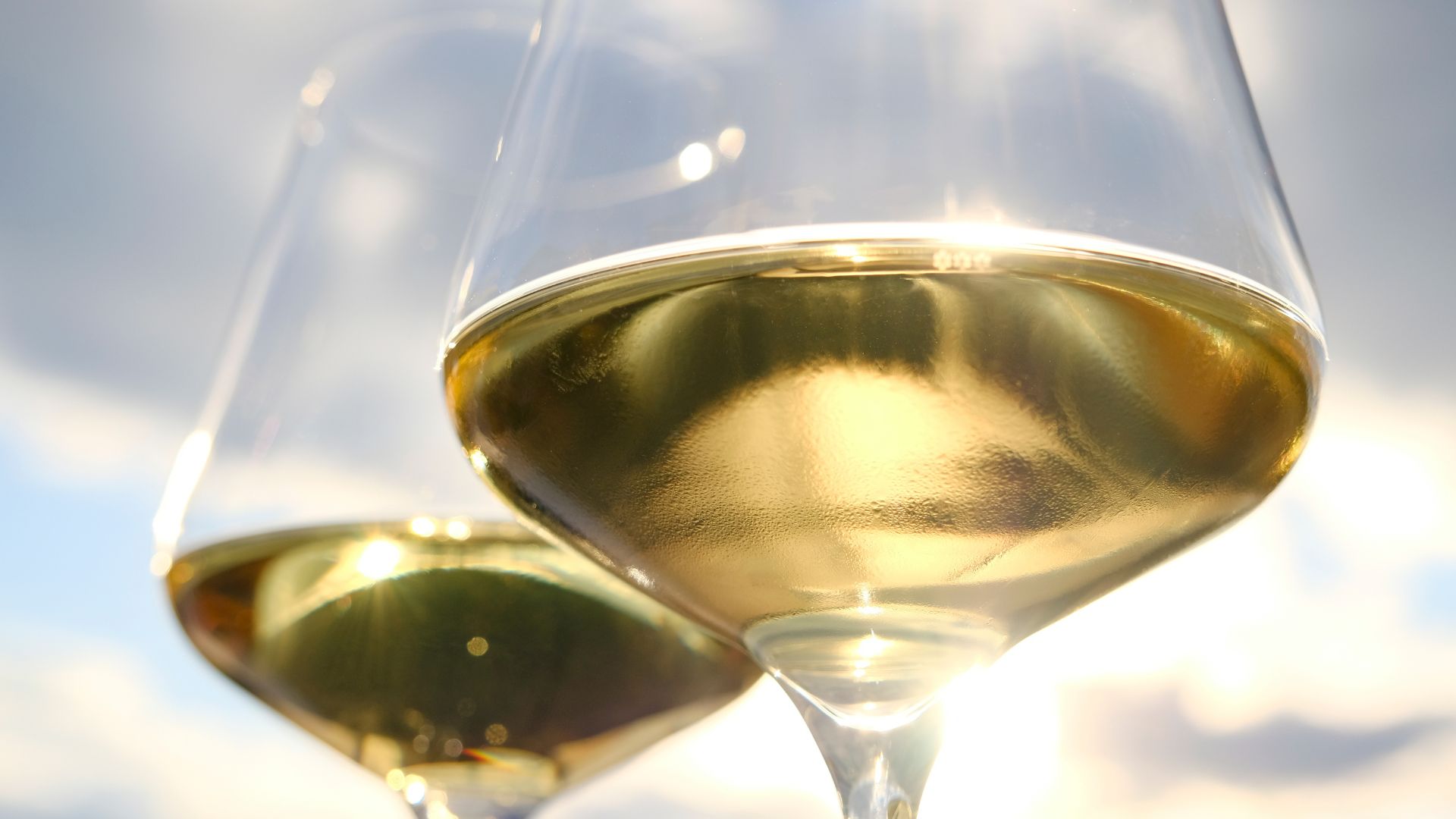
A white wine grape in the Pinot Noir family, Pinot Blanc is different from the more well-known Pinot Grigio. A high-acidity variety that tends to boast pear and citrus notes, it’s usually medium- to full-bodied and performs similarly to a Chardonnay wine.
Garganega

A widely-grown grape in Italy’s Veneto region, Garganega is similar to a Pinot Grigio, but with slightly creamier notes - similar in taste and profile to an unoaked Chardonnay or even a Chablis. It usually offers rich notes of citrus, florals, almonds and tropical fruits with a medium body.
Silvaner
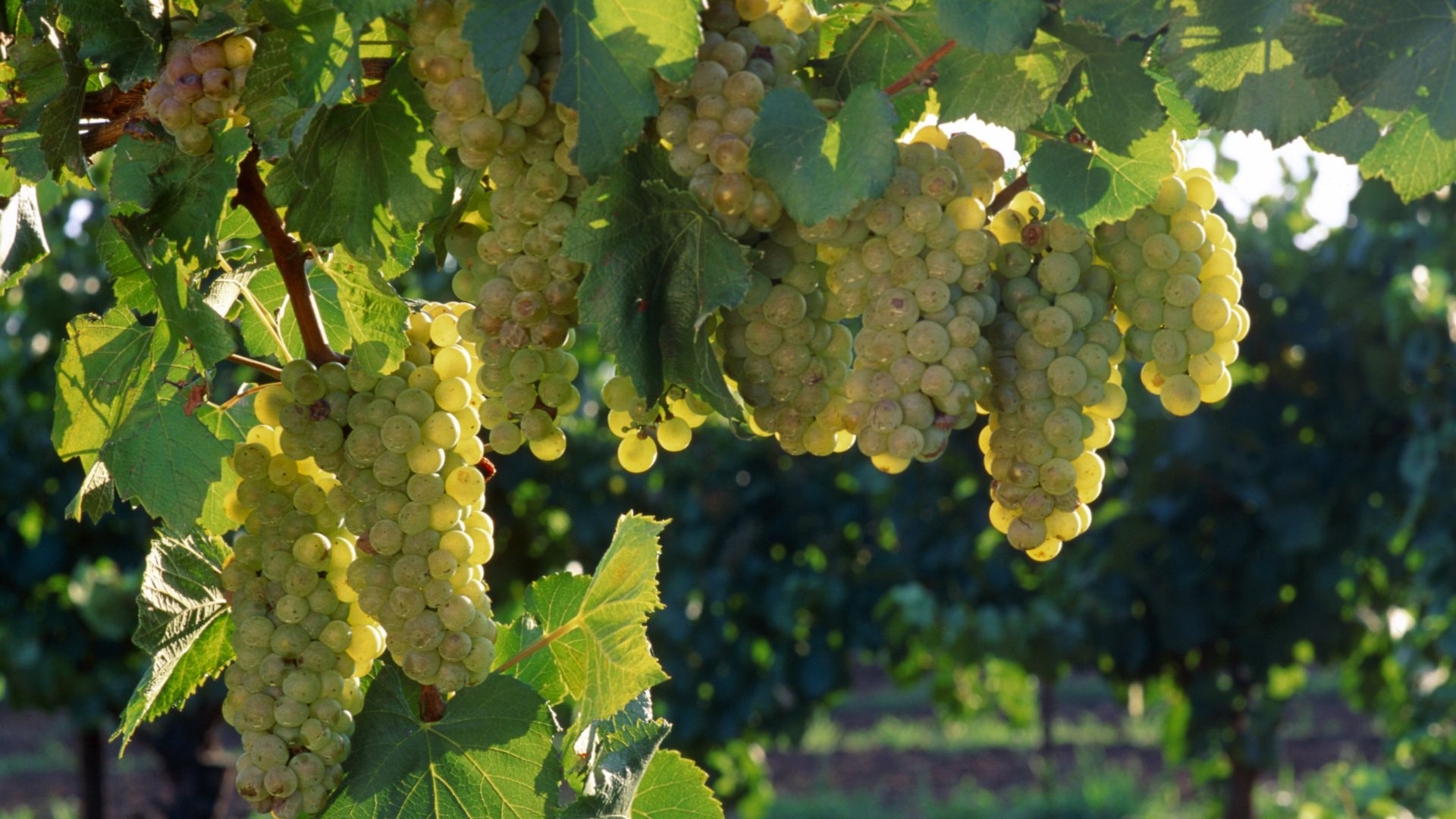
This white wine grape comes from Germany and is used in many wines in the country. With a light citrus lemon profile, it produces dry wines of a light to medium body with a similar taste to more well-known options like Picpoul, Chablis or Pinot Grigio.
Assyrtiko
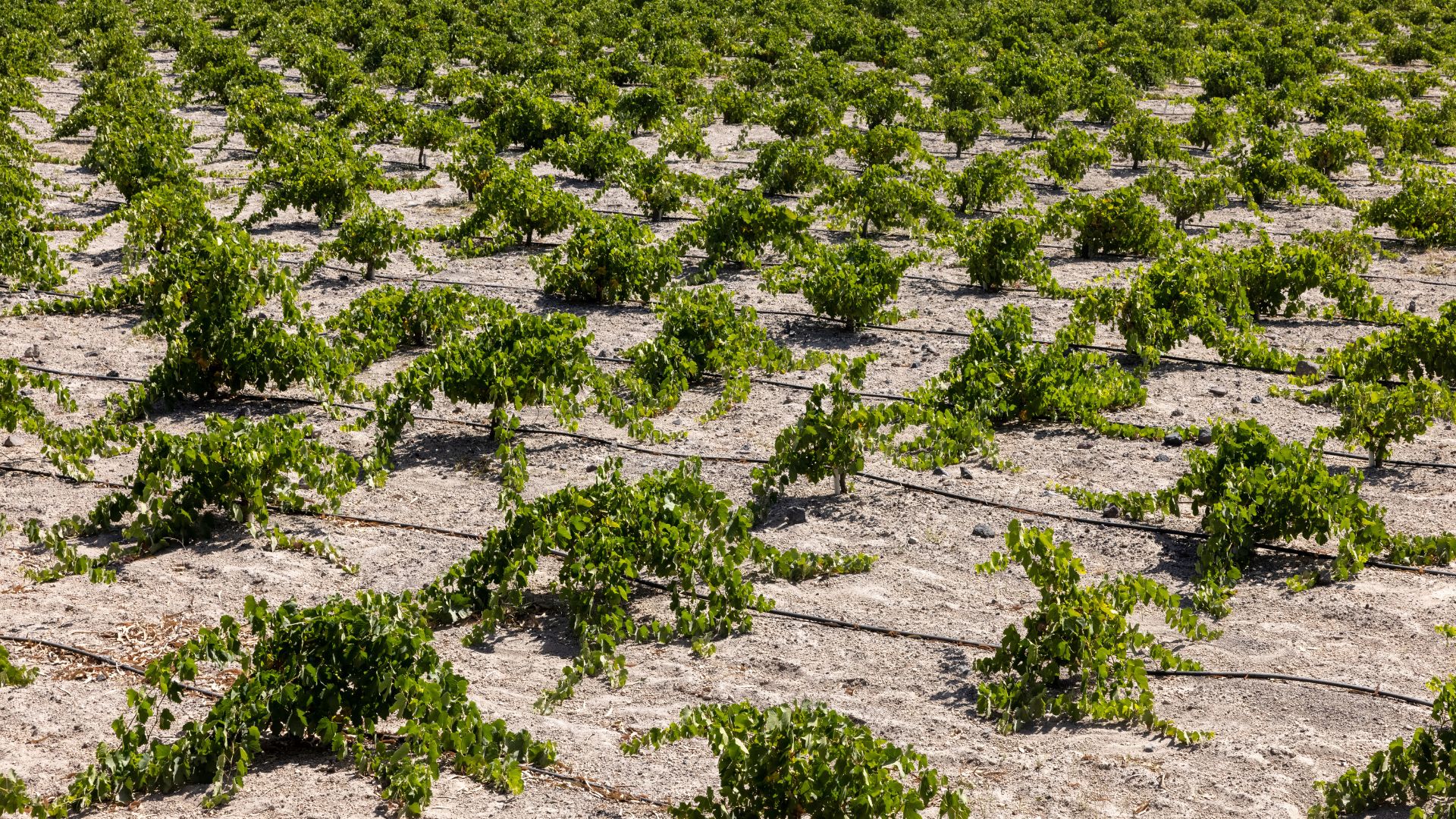
A truly delicious wine that can often be overlooked, this light-bodied wine from Greece is a great alternative to the Chablis and Pinot Grigio greats. With citrus and honeysuckle notes, this dry wine with a touch of minerality is a lovely warm weather drink.
Verdicchio

A popular option in Italy, Verdicchio grapes offer dry, light-bodied, easy-drinking wines with a floral grapefruit taste profile. Often with flavours of peach, almond and lemon, it’s similar in taste and profile to more underrated options like Pinot Blanc, Vermentino and Cortese wines.
Verdejo

This light-bodied white is definitely worth a taste, especially for those who enjoy a Sauvignon Blanc. The Spanish white tends to have medium to high acidity with flavours of peach, green melon and grapefruit. A good choice for Pinot Grigio fans.
Touraine

Touraine wines aren’t widely talked about, but the area produces white, red, rosé, and sparkling wines, so there’s definitely plenty to try from the region. If you like any other type of Loire Valley white, then Touraine’s would be one to try, but they also make fab Cabernet Sauvignon, Pinot Noir and Chenin Blanc wines too.
Cortese
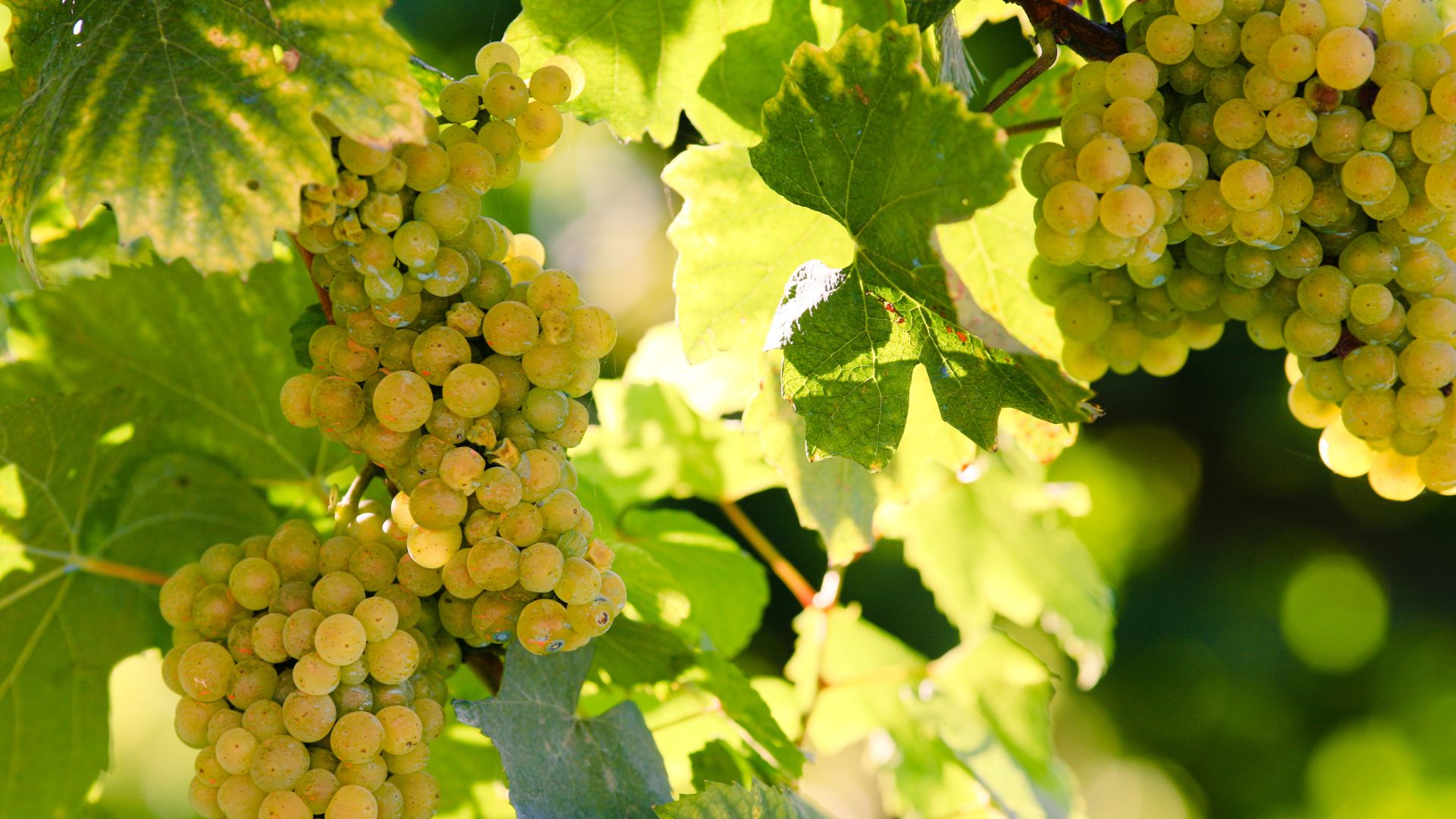
Cortese is a white wine known for its acidity and its fresh flavour. Expect citrus notes and mineral flavours, as well as notes of almond. A great wine for those who are fans of Gavi or Pinot Grigio, it has a crisp feel with a subtle nutty finish.
Orvieto

A dry white wine that usually has a light floral flavour profile with notes of grapefruit, Orvieto tends to have a medium body and balanced acidity. It usually has citrus notes, with flavours of lemon and green apple, and a subtle minerality on the finish.
Côte de Beaune
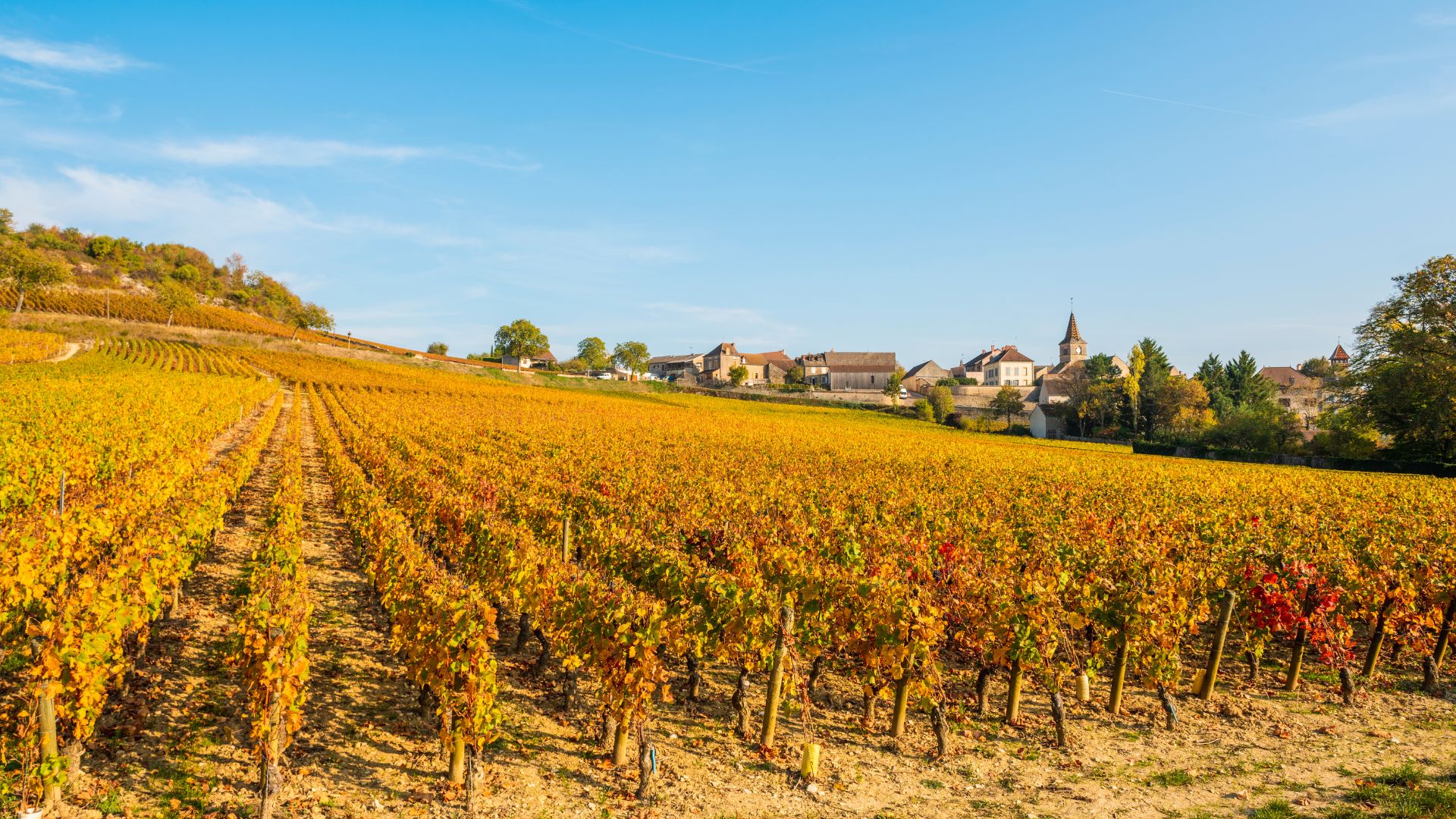
Côte de Beaune is known for two different types of grapes - Chardonnay and Pinot Noir. The wines, both red and white, tend to have be quite full-bodied and very high in quality. Try them if you tend to enjoy a Chablis, a Bordeaux or either red or white Burgundy.
Tokaji
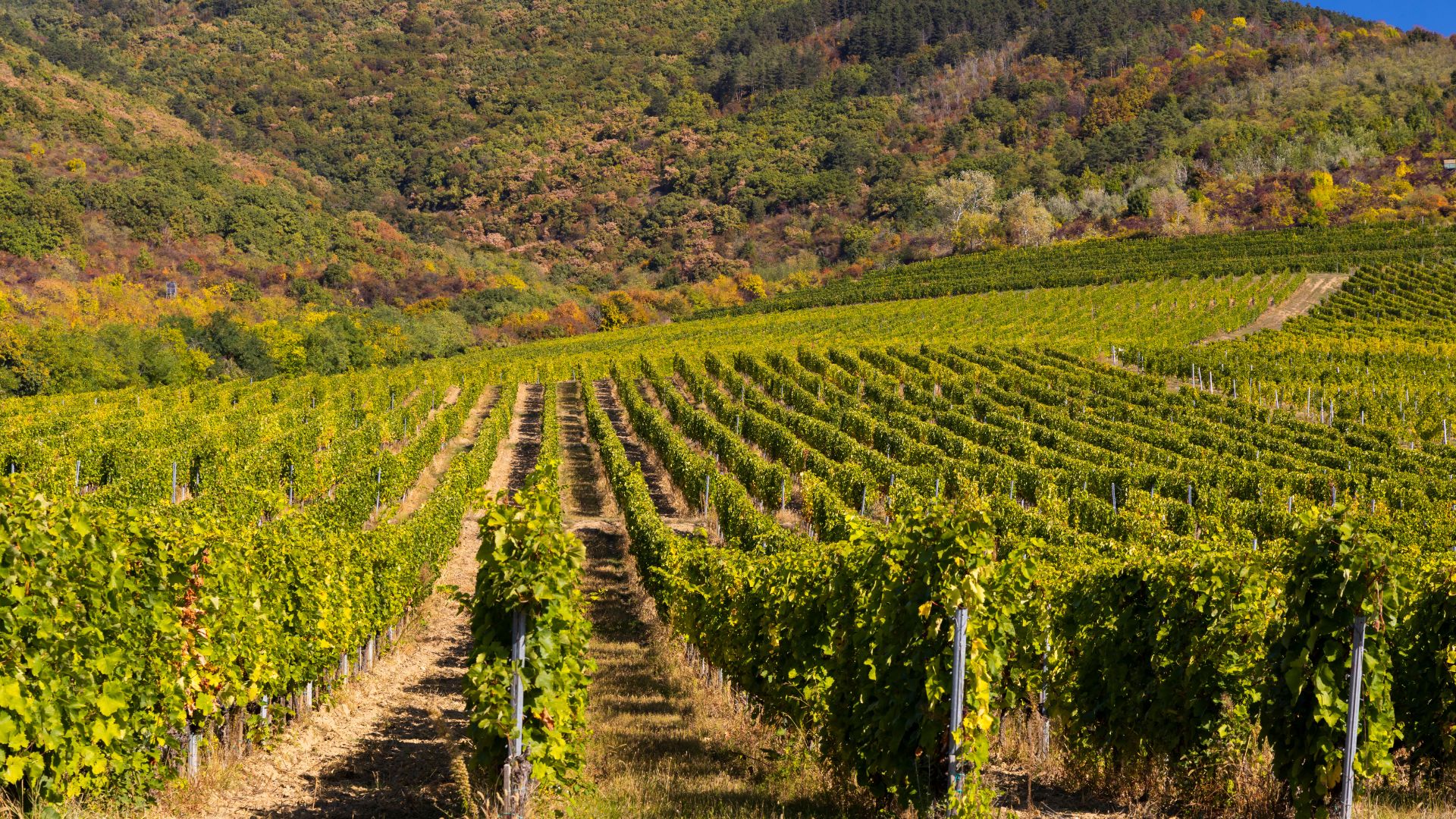
A Hungarian wine that is known for its sweet flavour profile, Tokaji tends to see tropical honey notes. Similar to a Muscat or a Sauternes sweet wine, it’s a rich, sweet wine with a high sugar content, and has a creamy finish similar to that of an Auslese Riesling.
Vouvray
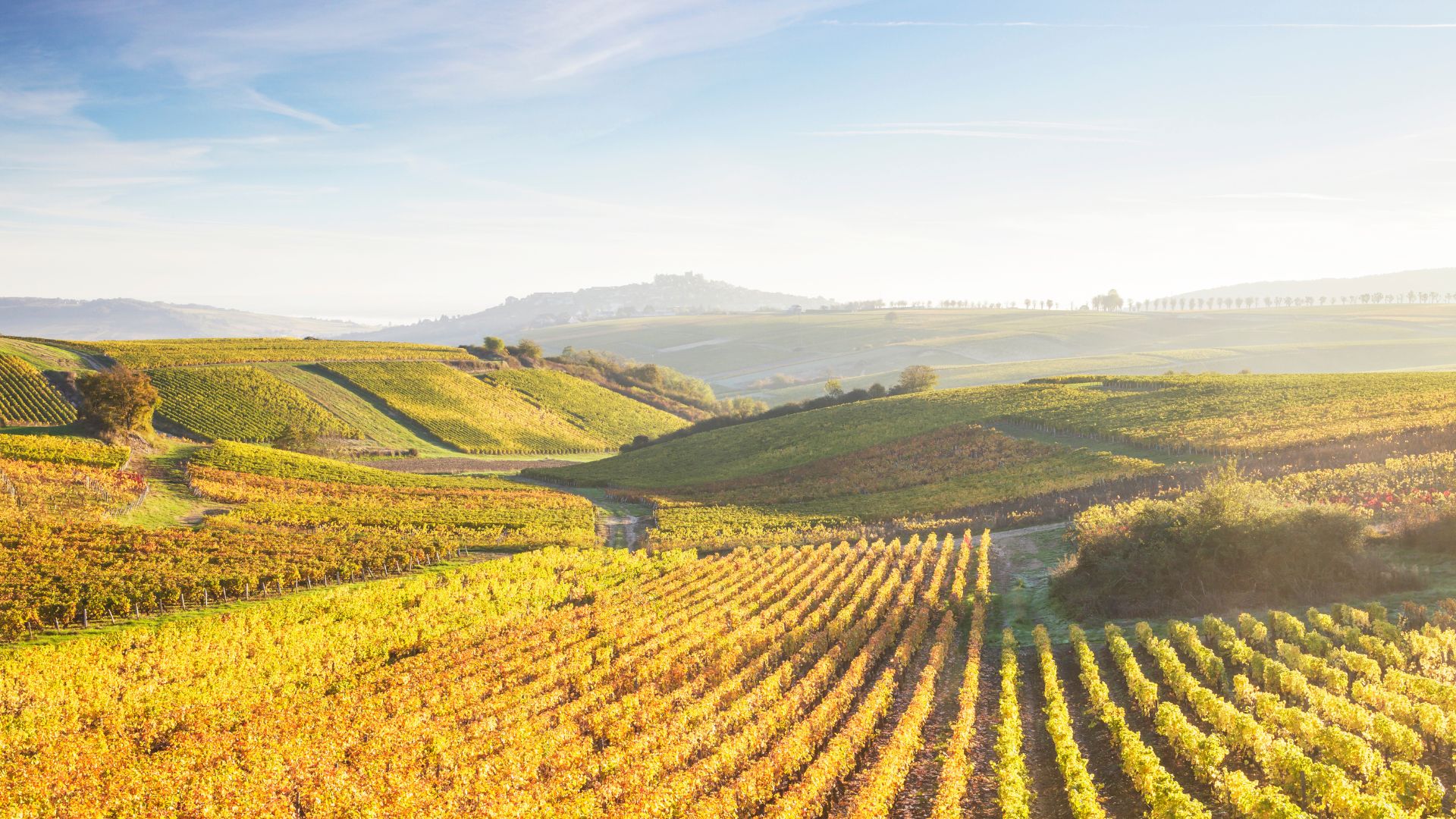
Vouvray is an interesting wine and can be similar to several different wines, depending on how it’s made. Oaked Vouvray is dry and can be compared to a reliable Chardonnay, but it can also be made into a sweet wine, similar to a Muscat, Sauternes or Auslese Riesling.
Blanc de Noirs
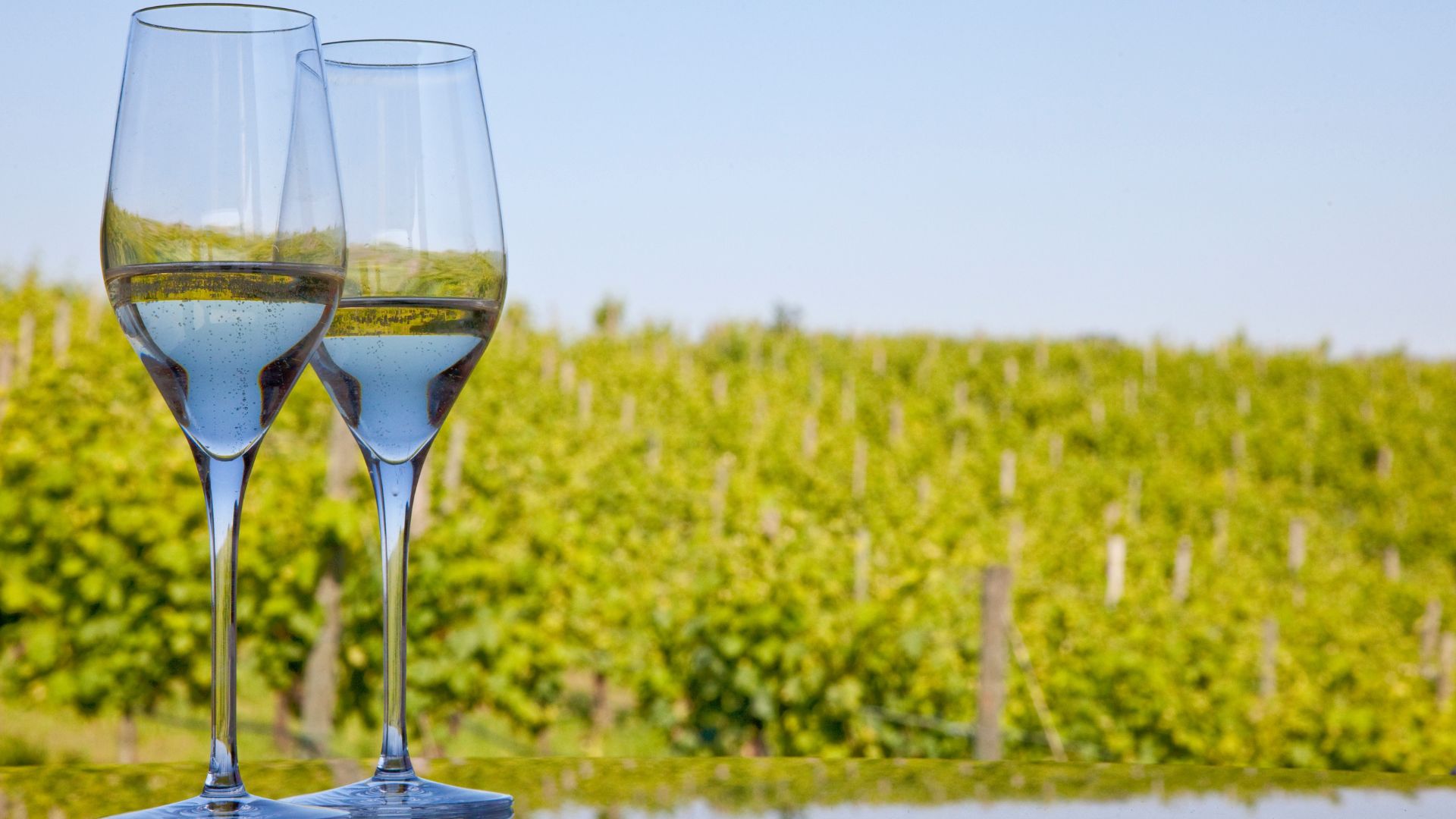
If you’re a fan of Champagne or even Blanc de Blancs, a Blanc de Noirs can be an indulgent foray into something new. A Champagne that is made solely from black grapes - like Pinot Noir or Meunier - rather than being blended with Chardonnay, it tends to be quite fruity and full-bodied.
Cremant
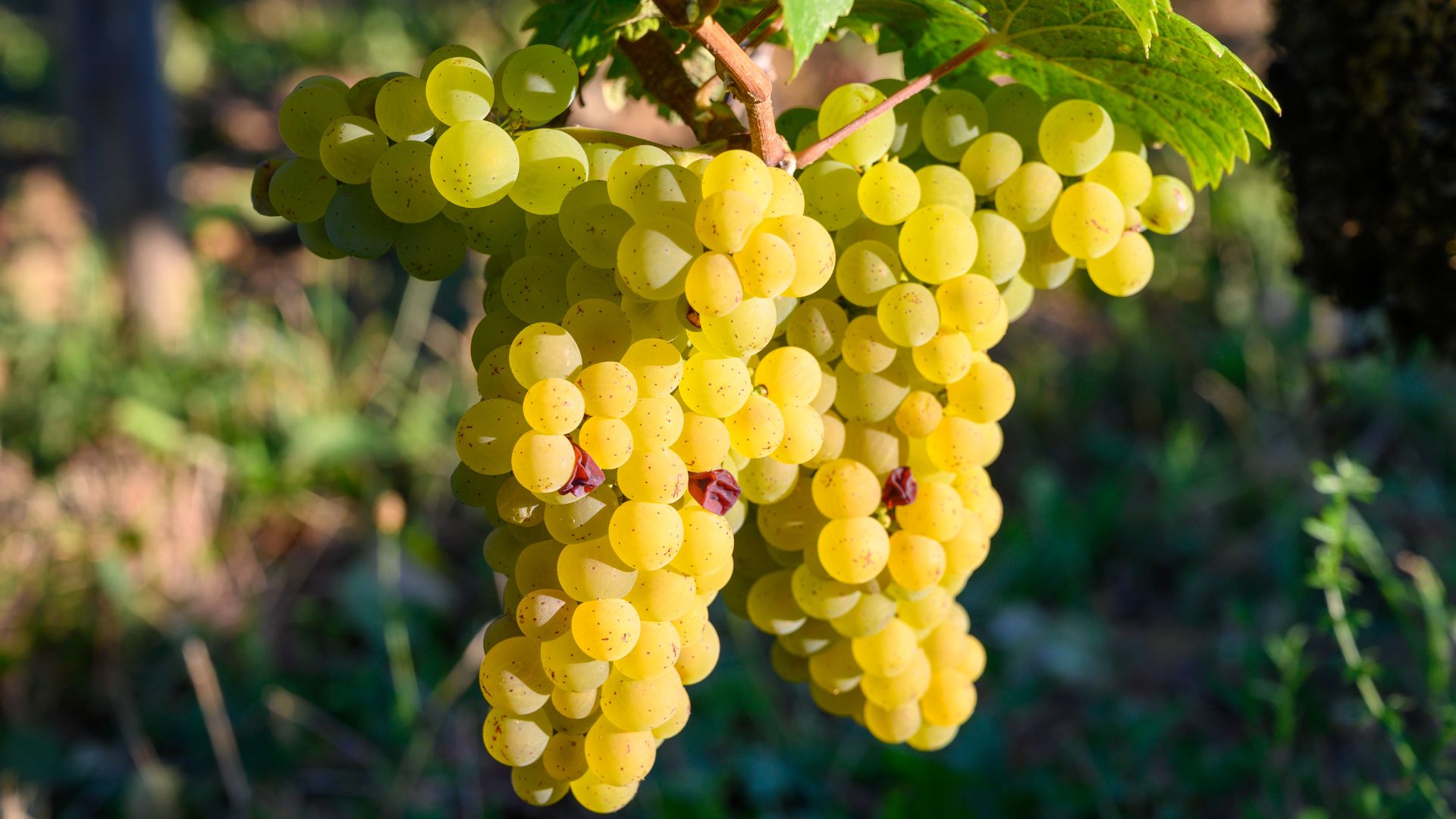
If you want a French sparkling wine that is a bit more affordable than the usual Champagne, Cremant is a great option, as it is made using the Champagne method, but is just not produced in the same area. It also tends to use Chenin Blanc grapes, rather than Chardonnay, Pinot Noir and Pinot Meunier, so can have flavours of pear, honey and citrus.

Aleesha is Digital Beauty Editor at woman&home, where she gets to share her expertise into all the best techniques, sharpest tools and newest products—with a particular savvy in skincare and fragrance.
Previously, she was Deputy Editor and Beauty & Fashion Editor for My Imperfect Life, where she headed up the beauty, fashion and eCommerce pages. In the past, she has worked as Shopping Writer at woman&home, gained an AOP awards nomination after working on their news team, contributed to Women's Health, Stylist and Goodto and earned an MA in Magazine Journalism from City, University of London.
-
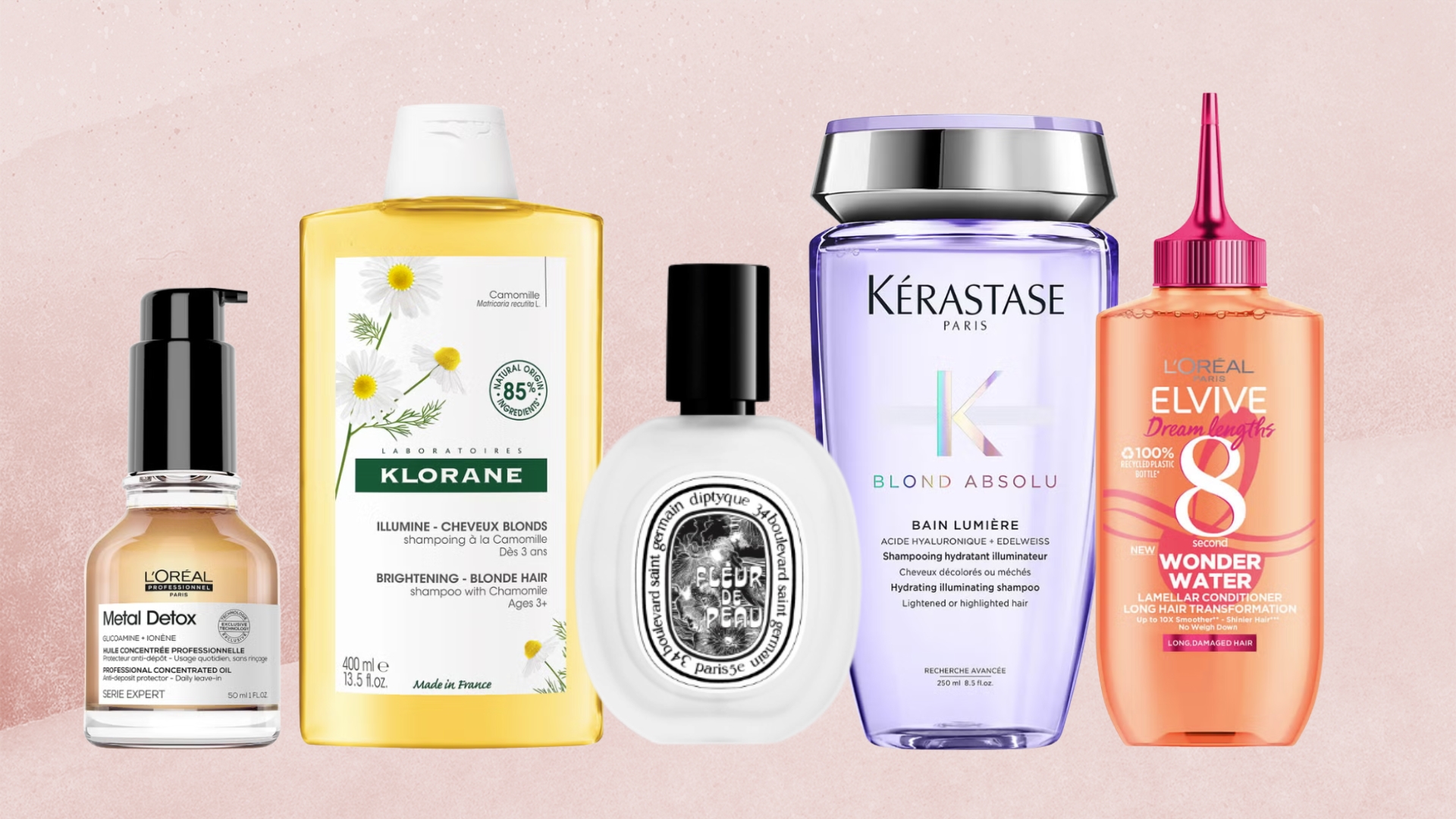 French haircare is our beauty team's (not so) secret to chic and hydrated strands - these are the 5 formulas to invest in
French haircare is our beauty team's (not so) secret to chic and hydrated strands - these are the 5 formulas to invest inWe'd love to do as the French women do and keep mum on our go-to haircare buys, but they're simply too good not to share...
By Naomi Jamieson Published
-
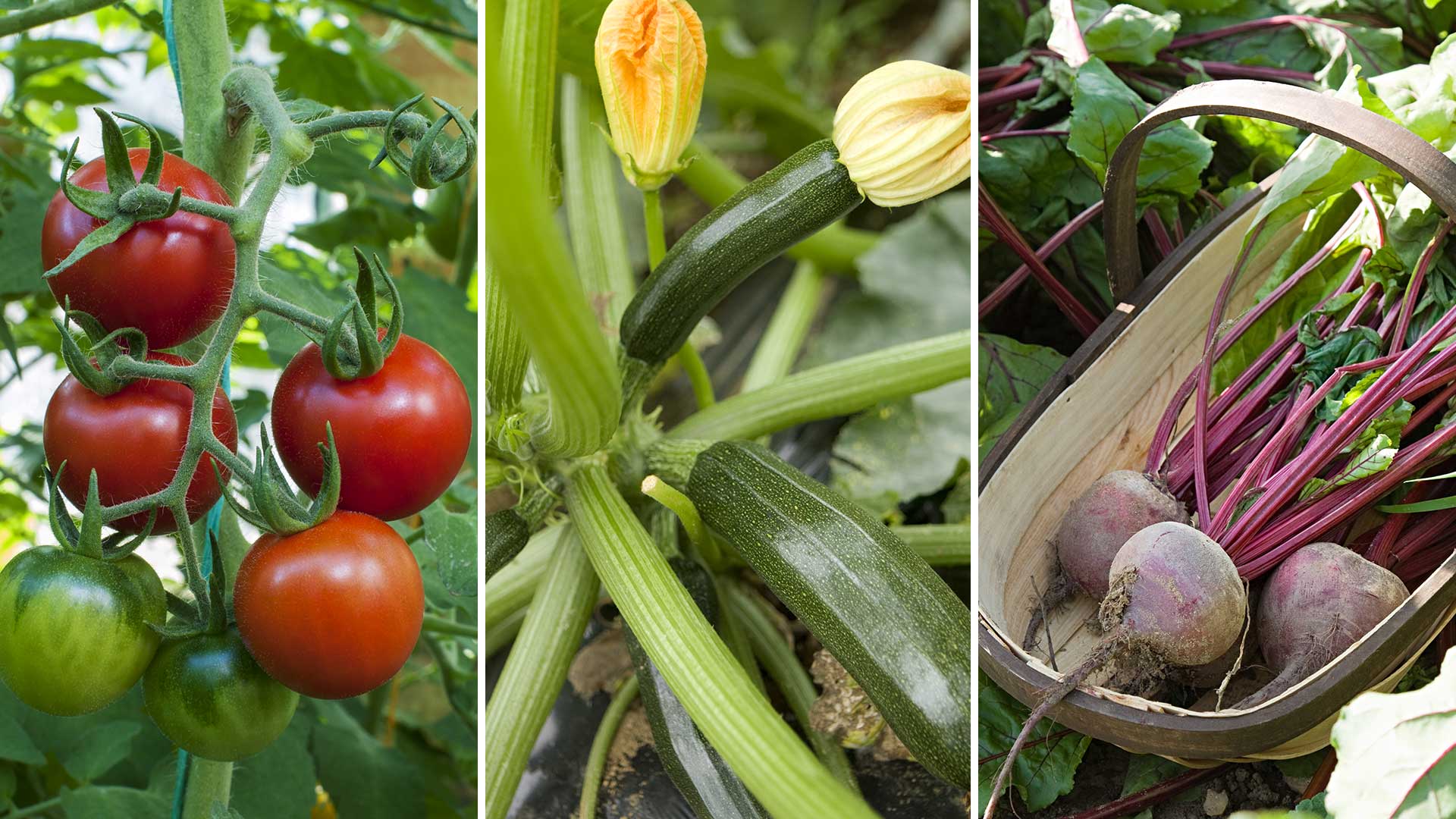 Vegetables to plant in April: 8 crops to start now for a delicious harvest later in the year
Vegetables to plant in April: 8 crops to start now for a delicious harvest later in the yearDiscover which vegetables to plant in April, and top tips for growing success
By Holly Crossley Published
